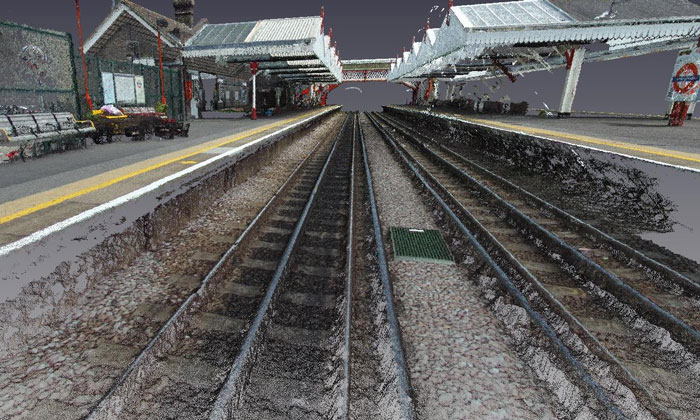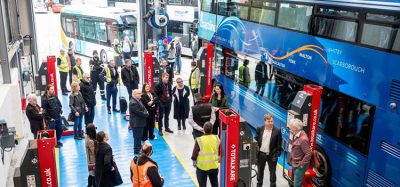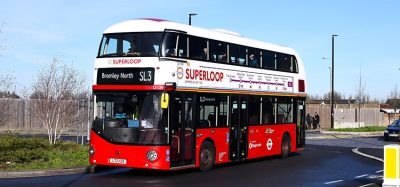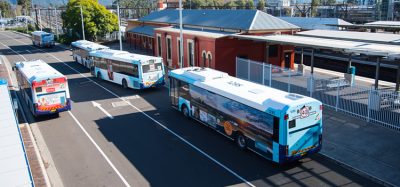Transport for London commits to using drones for asset surveys
- Like
- Digg
- Del
- Tumblr
- VKontakte
- Buffer
- Love This
- Odnoklassniki
- Meneame
- Blogger
- Amazon
- Yahoo Mail
- Gmail
- AOL
- Newsvine
- HackerNews
- Evernote
- MySpace
- Mail.ru
- Viadeo
- Line
- Comments
- Yummly
- SMS
- Viber
- Telegram
- Subscribe
- Skype
- Facebook Messenger
- Kakao
- LiveJournal
- Yammer
- Edgar
- Fintel
- Mix
- Instapaper
- Copy Link
Posted: 2 May 2018 | Intelligent Transport | No comments yet
Following an intensive year-long testing and approval process, drones – or unmanned aerial vehicles (UAVs) – will be used during extensive maintenance work for Transport for London (TfL)…


Lanes Rail flies a drone above Amersham railway station as part of a station survey project.
After a year of tests, Transport for London (TfL) has confirmed it will use drones for asset surveys, with Lanes Rail the first contractor awarded long-term approval.
Data gathering procedures, the time taken to complete a survey, safety levels, operational risks and costs are all expected to be improved as a result of using drones.
Lanes Rail Director, Matthew Todd, said: “We have led the way in trialling the use of drones to survey structures for London Underground. Using drones, combined with advanced imaging and analytical technology, will deliver significant service and sustainability benefits for TfL and for the travelling public in London.”
Lanes Rail is responsible for maintaining and repairing a wide range of assets across the London Underground network on behalf of TfL. This includes track drainage, station buildings, bridges, power sites and engineering depots.
The use of drones is increasing across the UK, mainly for structural and topographical surveys. For the technology to be formally approved by TfL, Lanes Rail had to demonstrate how it met all the stringent safety, security and operational quality standards.


Point cloud image of Amersham railway station captured during a drone survey.
“In essence, we had to go through a very detailed and structured process of answering every conceivable ‘what if’ question. What if the drone malfunctioned, what if the drone was flown close to a power line or signalling equipment, what if a member of the public or TfL employee saw the drone flying?” explained Todd. “We had to demonstrate that our drones would be safe to fly within the defined operational envelope set for them, that we were competent to use them and that we had procedures in place to manage any foreseeable circumstance involving TfL staff and customers.”
It also had to be proved that the equipment had electromagnetic compatibility (EMC) with live rail and signalling systems and that a procedure was in place to alert transport staff and the public that a drone was being flown by a TfL contractor.
Andrew McQueen, Head of Lanes Professional Services, said: “Being able to carry out UAV surveys is a major step forward, especially for working on public transport assets that need to be in continuous operation. As data gathering becomes integrated into ever more sophisticated real-time asset control systems, supported by technologies such as big data analysis and artificial intelligence, drones will really come into their own to improve the quality, safety and cost-effectiveness of our built environments.”
Related topics
Infrastructure & Urban Planning
Related cities
London, United Kingdom
Related organisations
Lanes Rail, Transport for London (TfL)
Related people
Andrew McQueen, Matthew Todd







